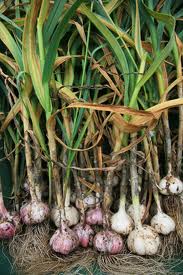Brief Description:
 The
red amaranth is an herb that grows in gardens and waste places. It attains a
height of about 1meter having alternate leaves which are red in color. The tiny
flowers grow in clusters at the top of the stem and in leaf axils. The seeds
are very small, black and round. There are two types of amaranth other is just
green in color and its seeds are yellowish white in color.
The
red amaranth is an herb that grows in gardens and waste places. It attains a
height of about 1meter having alternate leaves which are red in color. The tiny
flowers grow in clusters at the top of the stem and in leaf axils. The seeds
are very small, black and round. There are two types of amaranth other is just
green in color and its seeds are yellowish white in color.
Medicinal Use:
·
Used for treating acute abdominal pain and
stomach aches, abnormal stoppage of menses and inflamed mucous membranes of the
urethra and vagina.
·
Used for chronic inflation of the skin.
·
Promotes flow of milk in nursing mothers.
·
As a laxative.
·
Softens inflamed parts.
·
Used in treating boils and burns.
How to Use:
- The root of the herb is used for acute abdominal pain, stomach ache, abnormal stoppage of menses and inflamed mucous membrane of urethra and vagina.
- Externally used as a poultice, the paste of the whole plant can be applied over inflamed skin.
- The decoction of the root is also used for promoting the flow of milk in nursing mothers.
- The leaves and the roots are boiled together to make tea which is given to children as a laxative.
- The pounded plant is applied over boils and burns to soften the inflamed parts.

Parts Used:
- The whole plant.
Dose:
- Normal










